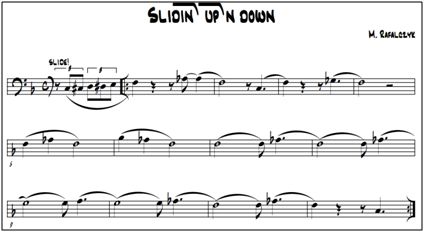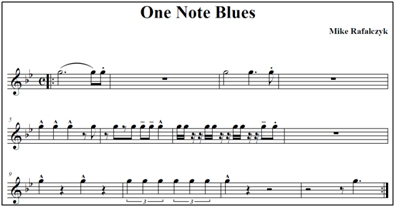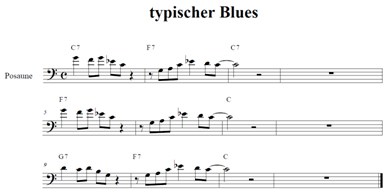Introduction
Dear trombonist,
In the following, I want to illustrate how to play blues with a trombone. I intentionally do not talk about the „blue notes“ or the blues scheme because it can be found in a variety of JUPITER articles and there is a lot of information about it anyhow. To ensure a better understanding, I added some sound samples in the bottom part of this report.
What's actually the fascination of this type of music which – with only a handful of sounds – inspired entire generations of musicians, singers and fans for almost 100 years?Didn't we always play in line with the motto „more is more“? And played musical scales back and forth? How much is there that we've learned about precision in playing the trombone? And now there comes me who tells you that you can almost forget all of it. So to speak, Blues is the opposite of Bebop. In Blues, it doesn't depend on playing as fast and much as possible but on how many feelings you put into your play. But how do you do this and what kinds of means of expression are available?
Tip 1: Listen to different Blues stars – and not only trombonists. Good examples to start with are songs by Bessie Smith, B.B. King or Eric Clapton (to mention only three of the most popular ones). Listen carefully and try to hum some of the melodies.
If you listen carefully, you will remark that we are able to easily play vocal and guitar lines on the trombone. Even in a relatively fast Blues, the soli are usually very simple, so that even a non-professional trombonist can play the lines easily. For me, there are two essential parameters in Blues:

A: The sound
Every famous blues musician developed his very own style over the years. Out of all instruments, the trombone is the closest to the human voice. This is what we can turn to account. What usually seems to be a curse when playing the trombone, can be a blessing in that respect: We can continuously pull the tones up with the drag (for example when playing the guitar, it is called „Bending“ but it only works in a limited compass) and drop the tones to get to the next one. With no other instrument it works that easily. These are special expressive possibilities of the human voice.
Tip 2: Look for recordings of the trombonist Al Grey. He also has a very unique sound which makes him recognisable after only a few tones.
Al Grey mostly uses a special combination of two mutes, the „Pixie (Straight) Mute“ and the „Plunger Mute“. The „Pixie“, a very small mutes which completely disappears in the bell, can only be purchased in special music stores (by different prodcers). The Plunger is also available in those stores but can even be purchased in every construction market. Buy a so-called „Pümpel“ (to clean blocked drains) and take off the wooden handle – voilà, you got your Plunger. Already a Plunger helps you to achieve a variety of sounds. The only „problem“ is that you have to hold the trombone in a different way because you have to operate the Plunger with the left. For this purpose, you have to put the lower edge of the bell on your forearm so that your hand stays free to move the Plunger.

B. Rhythmic intensity:
When we only use a few tones to play solo, we can create an almost endless variety of expressive possibilities through rhythmic variation – the so-called „patterns“.When we only use a few tones to play solo, we can create an almost endless variety of expressive possibilities through rhythmic variation – the so-called „patterns“.

Tip 3: Listen to the „C-Jam blues“ by Duke Ellington!
This is the simplest kind of blues I've ever seen. The topic consists of only two different tones. Most topics in classical blues contain a single phrase that's played three times. Phrase I and II are usually identical and only in the third passage there's a variation in the phrase.
This shows you how simple this kind of blues is in its structure and how easily you can invent your own melodies.
Different playbacks give you the opportunity to rehearse and try out whatever you like:


